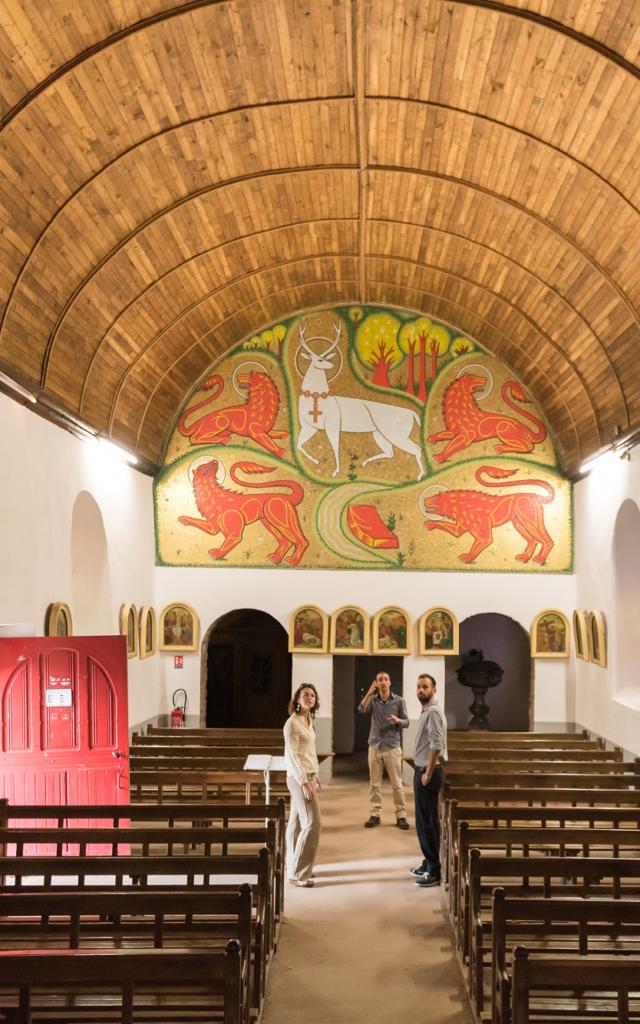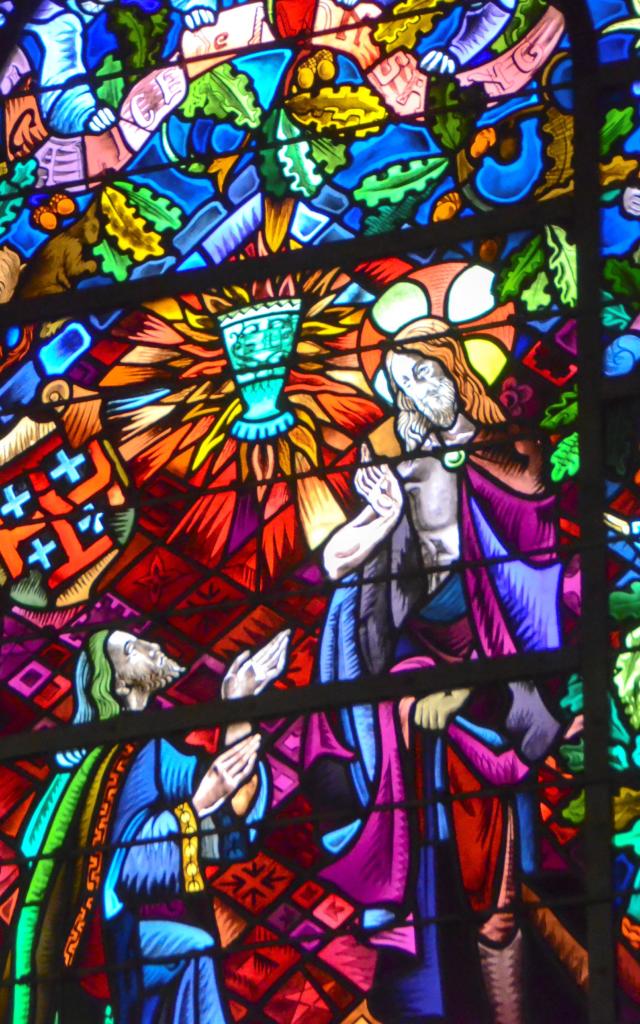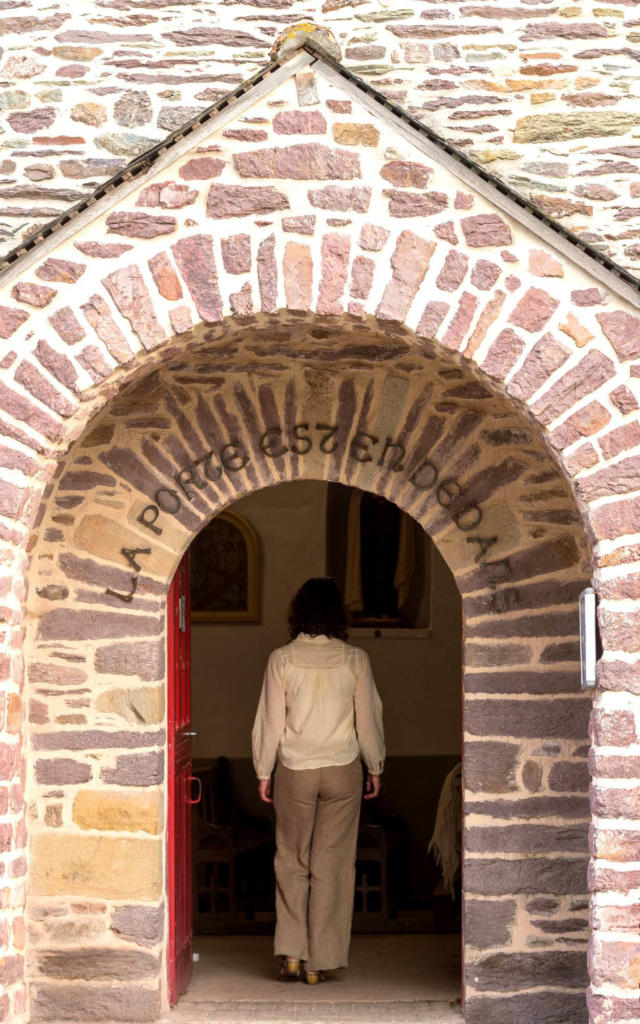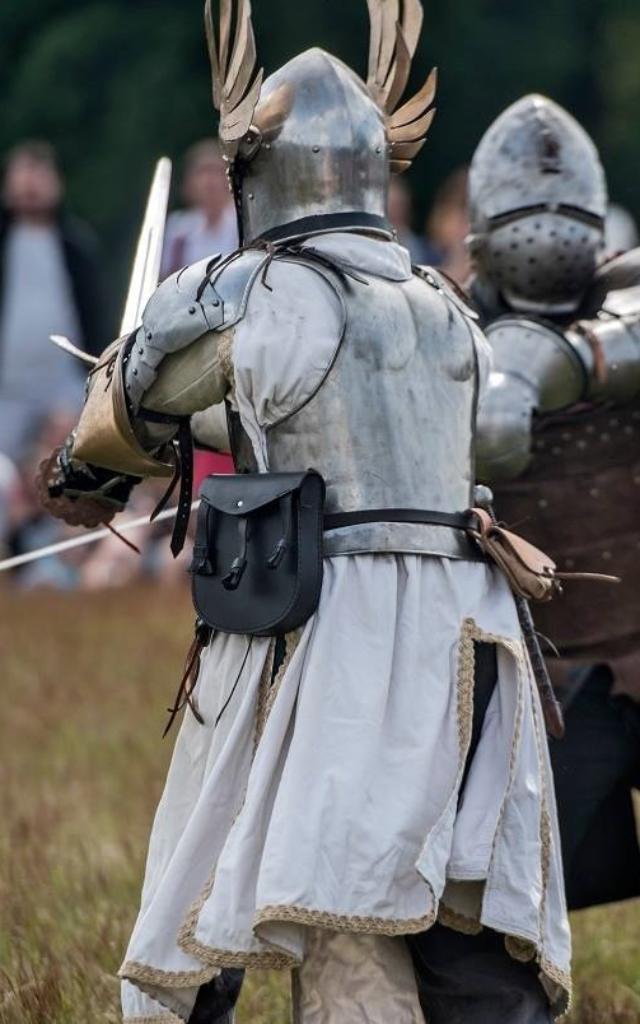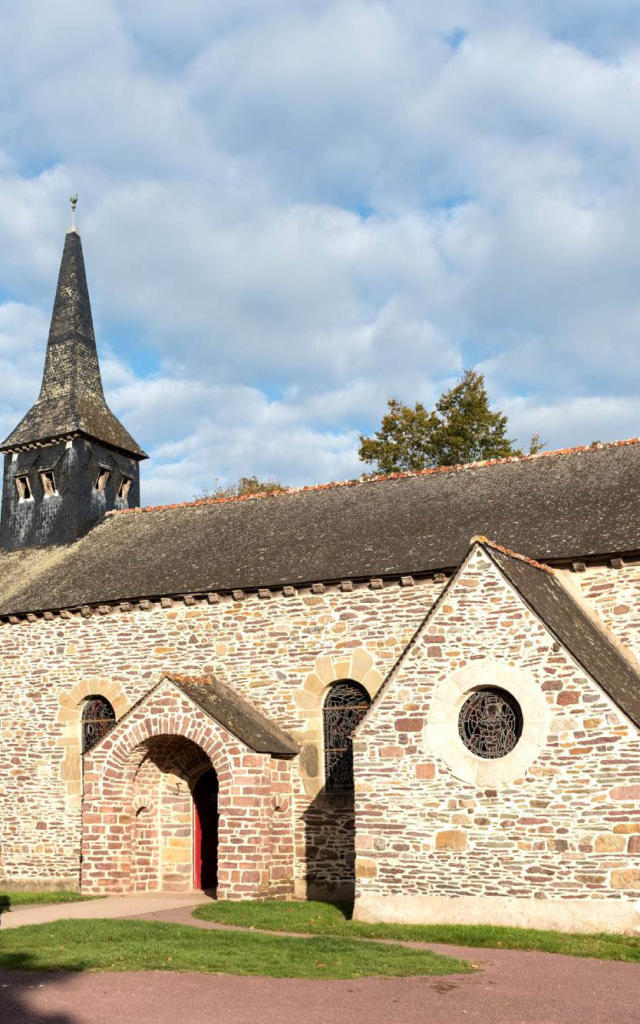Travelers' photos
9 CENTURIES OF HISTORY ABOUT THE GRAIL
In the 12th century, Chrétien de Troyes, the very first author to bring the Grail to life, describes its wealth, its light of gold and splendid gems – but without defining its form. 20 years later, Wolfram d’Eschenbach makes it a stone fallen from heaven, endowed with the power to heal, nourish and regenerate. After them, the Grail becomes a chalice or a precious ciborium where the divine body is sometimes incarnated. And always the mysterious talisman brings all the good of the world to suffering bodies and souls. Heirs of the Celtic heroes, the Knights of the Round Table have the duty to go in search of the Grail. The Round Table is the only place, outside the Grail kingdom, where the sacred cup appears. King Arthur thus succeeds in establishing the fusion between the fairy world and the world of the Grail.
The Grail: ROYAL OR SACRED SYMBOL
The Grail does not appear alone: it is the radiant center of a ritual in which a sword, the spear whose silver lets blood flow unabated, a rich slicing dish and its knife follow one another. Young girls of pure beauty and handsome young men make up this procession.
These treasures of the Grail procession, invested with a heroic and sacred function, served, all together, to designate the king. This mythical theme can be found in the procession of the ancient Irish gods, the Túatha dé Dánann, or the legends of royal enthronement among the Scythians or in India.
The writers who transcribed ancient stories in the Middle Ages, fascinating but obscure to them, sensed the link between the cup, the spear and royalty. For them, the spear and the cup pointed to a king, Christ, the King of Glory. Thus the cup became that of the Holy Blood, and the spear that pierced the Savior’s side.
Text written by Claudine GLOT, Centre de l’imaginaire Arthurien (CIA)

